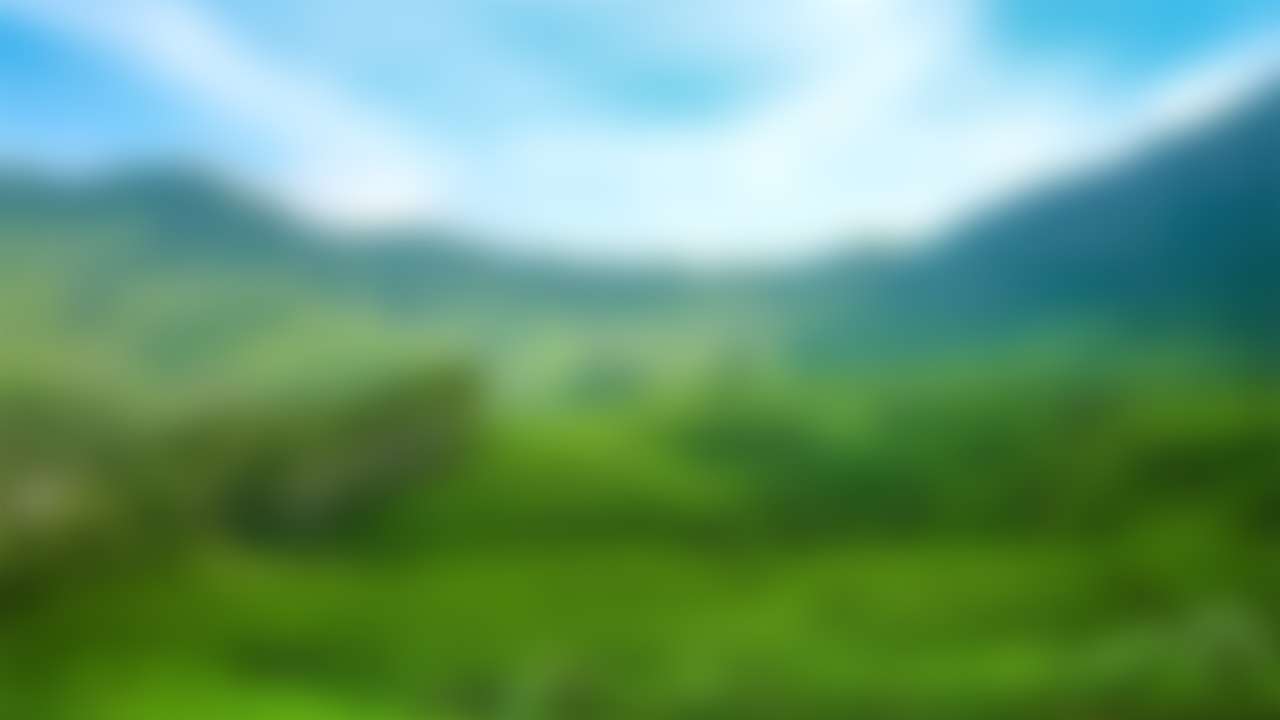
Sorry, we couldn't find anything that matches your search.
Destination

Famous Places to Explore in Hyderabad
A vibrant city with the imposing...

Raipur Tourist Places | Best Place to Visit
The stronghold of several erstwhile...

Ahmedabad
Declared as India's first UNESCO World...
#
Panchgani
Located on the periphery of Mahabaleshwar, the stunning hill station of Panchgani is one of the most prominent attractions of the area. Overlooking the pristine Dhom Dam Lake, which is created by the Krishna river, it is the meeting point of five hills of the Sahyadri range, and is thus called Panchgani. The five hills are topped by Table Land, the second-highest volcanic plateau in Asia that was formed due to pressure between the earth plates and is well-known for its scenic beauty. Paragliding is a popular activity here because of the picturesque views that few other places can match. Panchgani is known for strawberry cultivation and jam is one of the best buys here. Visitors can sit by the farms, where cafes and restaurants have been set up, and savour not only desserts, but yummy pizzas, pastas and other dishes while enjoying the fresh air. Crushes, candies and other products can also be purchased here.

Arthur's Seat
For a beautiful view of Jor Valley, this is the ideal viewing point. It is said that Sir Arthur Mallet, who is said to be the first man to build a house here, used to sit and admire River Savitri from this point. Also known as the Queen of the Points, and originally as Madhi Mahal, Arthur’s Seat lies at an elevation of 1,470 m. The most appealing and entertaining feature of this place is the air pressure that causes light objects, like bottle caps, to float! The southern side of Arthur’s Seat has stratified rocks that are similar in appearance to the Grand Canyon in Colorado, USA. Echo Point, Hunter Point, Tiger Spring Point, Window Point and Malcom Point are some of the other viewing points here.

Kaas Pathar
Kaas pathar, also known as Kaas plateau, is a plateau of a million flowers and has been declared a UNESCO World Heritage Site. It is home to some rare endemic forms of flowers and sees a riot of colours during the monsoon months – July, August and September. Kaas was earlier part of the Deccan plateau that has had 29 volcanic lava flows over 20 crore years. As the newer layers of lava came, they continued to spread over the old lava and today there are several streams and rivers that eroded the layers to form pretty valleys and gorges. When the southwest monsoon arrives, the region receives approximately 2,500 mm of rain in three months. Every 15-20 days, the colours of the plateau change, as different species bloom and wither within a short span of time. More than 850 species of plants and flowers have been reported here, and the large diversity of flora has allowed for a significant research in botanical studies to take place.

Kaas
Kaas, also known as plateau of a million flowers, has been declared a UNESCO World Heritage Site, and is home to some rare endemic species of flowers. It sees a riot of colours during the monsoon months – July, August and September, when the entire landscape is transmogrified into an artist's canvas. Every 15-20 days, the colours of the plateau change, as different species bloom and wither within a short span of time. More than 850 species of plants and flowers have been reported here, and the large diversity of flora has allowed for a significant research in botanical studies to take place. Another attraction is the beautiful Kaas Lake, which is also the source of River Urmodi. Set amidst peaceful and picturesque surroundings, the lake is a popular picnic spot.
A stone's throw away lies a waterfall that also invites tourists. However, what makes Kaas mesmerising is a plethora of blooms that carpet the land. From the golden-hued smithias (Mickey Mouse flowers) and sonkis to the pink-lavender-purple balsams, white blooms of Gend-eriocalulon that look like heads and peach murdania that has a sprinkling of gold dust on its petals, the flora family of the region is simply breathtaking. You can also keep an eye out for the beautiful Seeta’s tears (Utricularia) that have small bladders around the roots to trap small insects, orchids like the greenish-yellow Habeneria digitata and the ceropegia that looks like a lantern and is also known as Kandil Kharchudi. The main attraction is the Pleocaulus ritchei, locally known as Topli Karvi or an upside down basket, which flowers once in eight years and then dies. The blooms look like baskets of purple flowers! And then there are bees, butterflies, insects and frogs and a variety of other fauna that leave tourists delighted.

Connaught Peak
Connaught Peak, the second-highest in Mahabaleshwar, is named after the Duke of Connaught, and is popularly known as Mount Olympia. There are several other vantage points that give great photo opportunities, including Monkey Point, Carnac Point, Falkland Point, Helen’s Point, Elphinstone Point, Mumbai Point, Marjorie Point and Babbington Point. This peak is 5 km from the bus stand, and 3.5 km from Old Mahabaleshwar, and offers excellent views of Venna Lake and Krishna Valley, as well as Kamalgadh, Rajgarh and Torana to the north, Ajinkyatara to the south, Panchgani and Pasarani Ghat to the east, and Pratapgad to the west. Connaught Peak is also a favourite among visitors for trekking.

Wilson Point
Originally named Sindola Hill, and renamed after Sir Leslie Wilson, a royal marines officer, this is the highest point in Mahabaleshwar. Also called Sunrise Point, it lies at a height of 1,439 m above sea level, and is the only place from where one can see the sun both rise and set. There are three towers that collectively offer views of the Polo Ground, Panchgani Plateau and the route to Lingamala Waterfall, Old Mahabaleshwar, Elphinstone point and Connaught Peak point.

Kate Point
Originally named 'Nake Khind', Kate’s Point offers one of the most bewitching views of Mahabaleshwar. It is named after the then British governor Sir John Malcolm's daughter. Sitting at a height of 1,290 m, it is about 6.8 km from the main market. The Dhom and Balakwadi dams, as well as the peaks of Kamalgadh, Pandavgadh and Mandardeo can be seen from this point. Also, nearby is a natural hole in a rock formation known as Needle Hole Point, which attracts tourists.

Lodwick Point
Previously known as Sydney Point, this is a strategically located viewing point in Mahabaleshwar. There is a monument dedicated to General Lodwick, who was the first British officer to climb the hill in 1824. His son dedicated a 25-m-long memorial pole to him in honour of this feat, with General Lodwick’s head sculpted out of marble placed at the base of the pole. This point is close to 4,087 ft above sea level, and offers unmatched views of the Pratapgad Fort. The furthermost point of this hill is called Elephant Head Point, because it bears resemblance to the head of an elephant.






